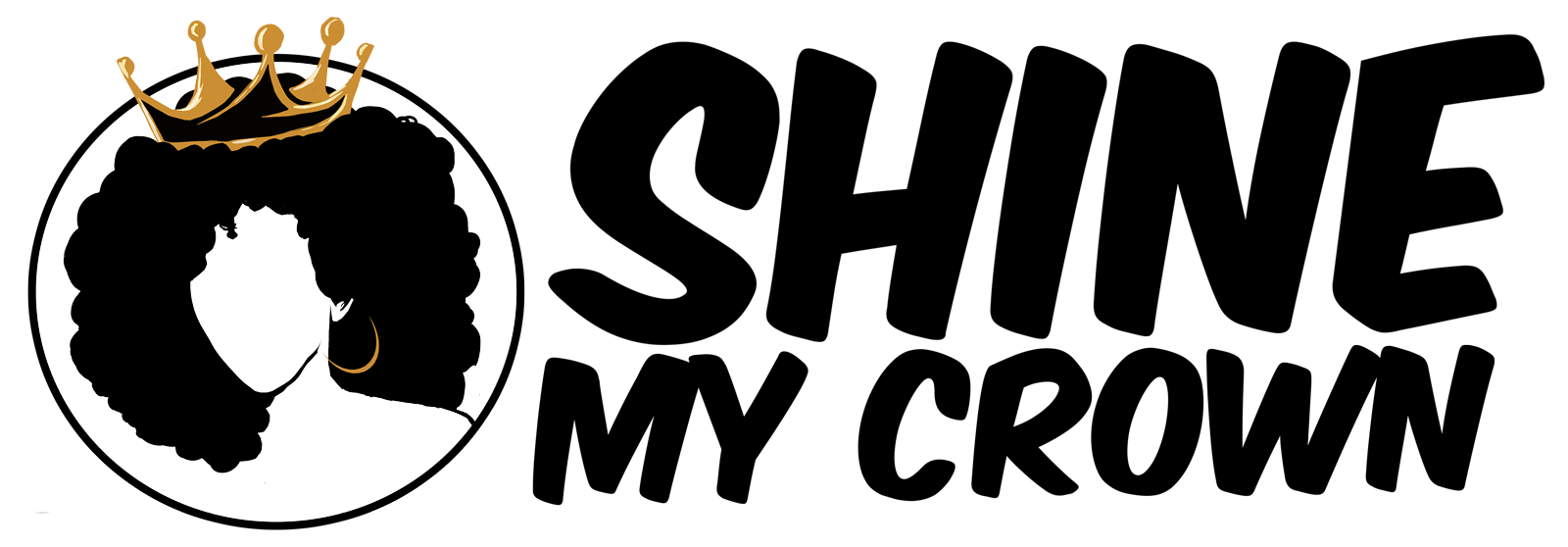A riveting report in USA Today is shedding light on Black women’s lack of access when receiving care and treatment for HIV.
In 1996, Phyllis Malone found out she was infected with the virus while incarcerated and feared that she was faced with a death sentence. She said part of her fear was the stigma associated with HIV, so she was skeptical to seek medical attention. It wasn’t until years later when the mother of four was sent to a transition home where she decided to seek the help she needed.
“I’m good enough. Nobody can tear me down,” she said to herself at the time.
The 65-year-old now works as a HIV prevention specialist where she runs support groups helping HIV positive patients face the disease. Her non-profit, SisterLove, is based in Atlanta and assists with sexual and reproductive health for women.
Her organization is one of many that has received a grant from ViiV Healthcare, a company that has provided more than $8 million to help in efforts to support Black women with HIV.
Men remain the largest group of people who are diagnosed with HIV, but Black women rank highest of new HIV cases among women. In 2018, 7,000 women were diagnosed with the virus, with 4,000 of them being Black, according to the Centers for Disease Control and Prevention.
Furthermore, there is less awareness of Black women who carry the virus, which is associated with men who have sex with men. One in 9 women are unaware they have the virus, the CDC has revealed.
“This is about really reframing a narrative … that HIV is only certain people and only in certain places,” Marc Meachem, external affairs director at ViiV Healthcare told USA Today. “So many Black women who do get an HIV diagnosis are shocked to find out.”
The are several factors that contribute to the inequalities in diagnosis and treatment, including “structural racism, stigma, discrimination, homophobia and health care access. Those assigned female at birth, Black people, and teens and young adults have the lowest percentage of HIV medical care, according to the CDC.”
“Information about safety during pregnancy was gathered later on in the process. We do a disservice to women, and we saw this in COVID as well, when we don’t find ways to safely include pregnant people because we don’t have the information to counsel them,” said epidemiologist Maria Nicole Pyra, an assistant professor at Northwestern University who teaches at the university’s Institute for Sexual and Gender Minority Health and Wellbeing and Feinberg School of Medicine. “Researchers missed an opportunity to reach at-risk women because it wasn’t determined until later that PrEP therapy is safe for pregnant and breastfeeding women.”
She added that women are typically not represented in PrEP marketing, which largely focuses on men who made up about 80% of the more than 37,000 new HIV diagnoses in the U.S.
